My child had fallen ill. Her doctor had just moved and we did not have a new one yet. So, we went to the local Med Express where a nurse gave us a doctor’s name. She told us to give his office a call and she went on and on about how great he was to work with and how good he was with children.
The name was from a Middle Eastern origin, I thought. I debated calling. We had seen white, male, American doctors in the past. My fear — media led — made me question setting up the appointment. The news talked about ISIS and Muslim extremists daily. Fear rang through many Americans.
Fearful I wouldn’t understand him and worried of his religious background clashing with our Christian background, I wondered if this was going to be a good fit for us. I would see men of that origin and feel myself pulling my children closer to me. I would smile, yet behind that was fear and worry. I had been debating purchasing a firearm for protection as the news carried on of more attacks around the world.
Something told me to make the appointment, even if just until we found a better doctor. He didn’t have much of a wait for new patients and before I knew it, her appointment was here. We signed in, sat down, and I repeated to my daughter her instructions. Do not look at him funny if you cannot understand him and do not talk about shooting. We had been shooting with family the day before. This was a new skill I was learning and it was one the children would usually watch and join in on with a seasoned shooter who knew all the safety rules for the children to learn.
In the room, we waited as she drew pictures. This was a normal thing and my fridge was covered in her artwork. The doctor walked in and, to my surprise, was not what I had expected. He was a thin, taller man who was well dressed. He had a smile that filled the room with comfort. He introduced himself and no accent was detected.
I, instantly, felt embarrassed and ignorant as my child whispered, “He sounds normal.” I had never personally known a man of his color and culture. As our visit continued, my child gave him pictures and, like all children before the age of fear and judgment, opened up and adored him.
Leaving that appointment, I found myself realizing I needed to stop passing my judgments and fears to my children. I didn’t know him, yet I had more respect for him than I did for myself in that moment. I knew he dealt with people like me daily, whether he knew it or not. I did not know but that was the day I met the man that would change my life forever.
Months would pass and appointments came and went. Until finally, I reached out to learn more about him and his faith. A man of his kindness and uncanny positivity must know something I did not. Our conversations started off very “debate” friendly. I would share my beliefs and he would share his. After some time, I wanted to learn more. He introduced me into his Muslim community and instantly I was greeted with hugs and smiles along with love and acceptance. It wasn’t his characteristics alone; they all gave off those qualities that had made us friends the past month of talking about faith.
My views of Muslims changed because I met a Muslim, many of them. In today’s society, we are quick to judge Muslims by the fear the media and even President-elect Donald J Trump promotes. This fear is promoted because of the color of their skin, the clothes they wear, where they were born, or the accent in their voices. If we all could reach out and learn about them, we would see them in a new light.
I encourage those who do not know a Muslim personally to not Google their faith, but to meet one. Coffee, Cake, and True Islam meetings are a great way to start. To find a local meeting, please visit www.trueislam.com/events. You are not going to be asked to convert; it’s just an open group to demystify the misconceptions of who they truly are. In today’s society, we need to learn to love and cherish our neighbors of all color, religion, and gender. Love for all, hatred for none. A very valuable lesson I learned the day I met a Muslim.
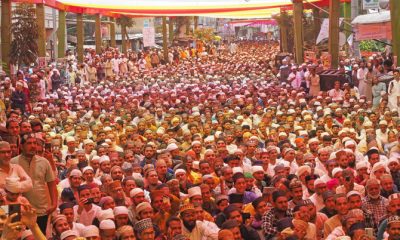
 Islam12 months ago
Islam12 months ago
 Art & Culture12 months ago
Art & Culture12 months ago
 Islam12 months ago
Islam12 months ago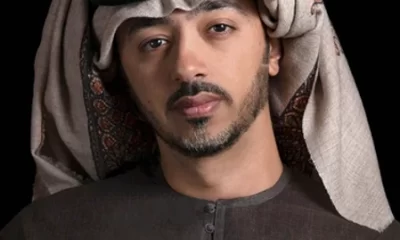
 Art & Culture12 months ago
Art & Culture12 months ago
 World news12 months ago
World news12 months ago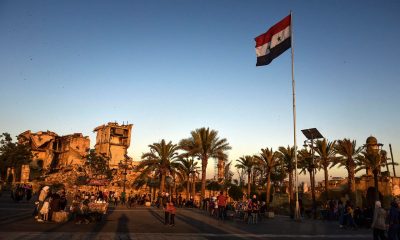
 Interview12 months ago
Interview12 months ago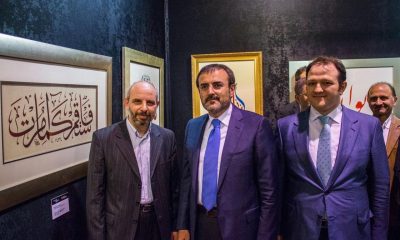
 Art & Culture12 months ago
Art & Culture12 months ago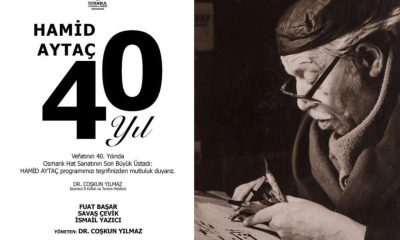
 Art & Culture12 months ago
Art & Culture12 months ago









